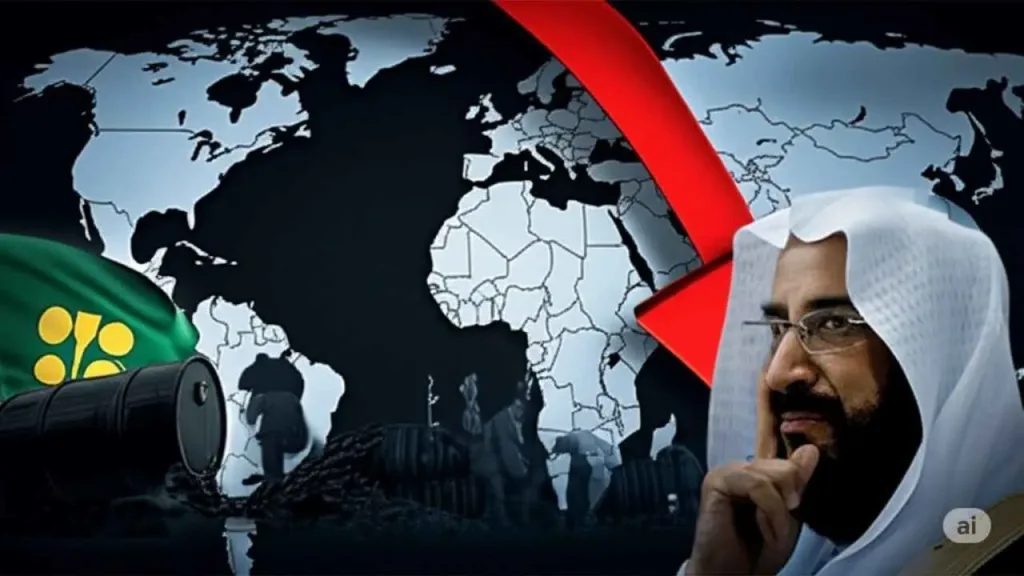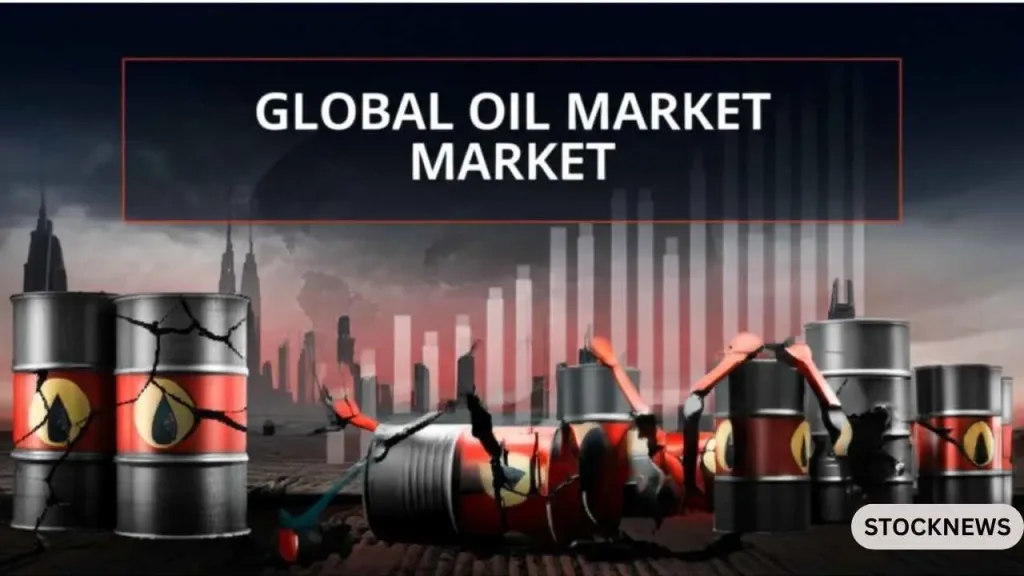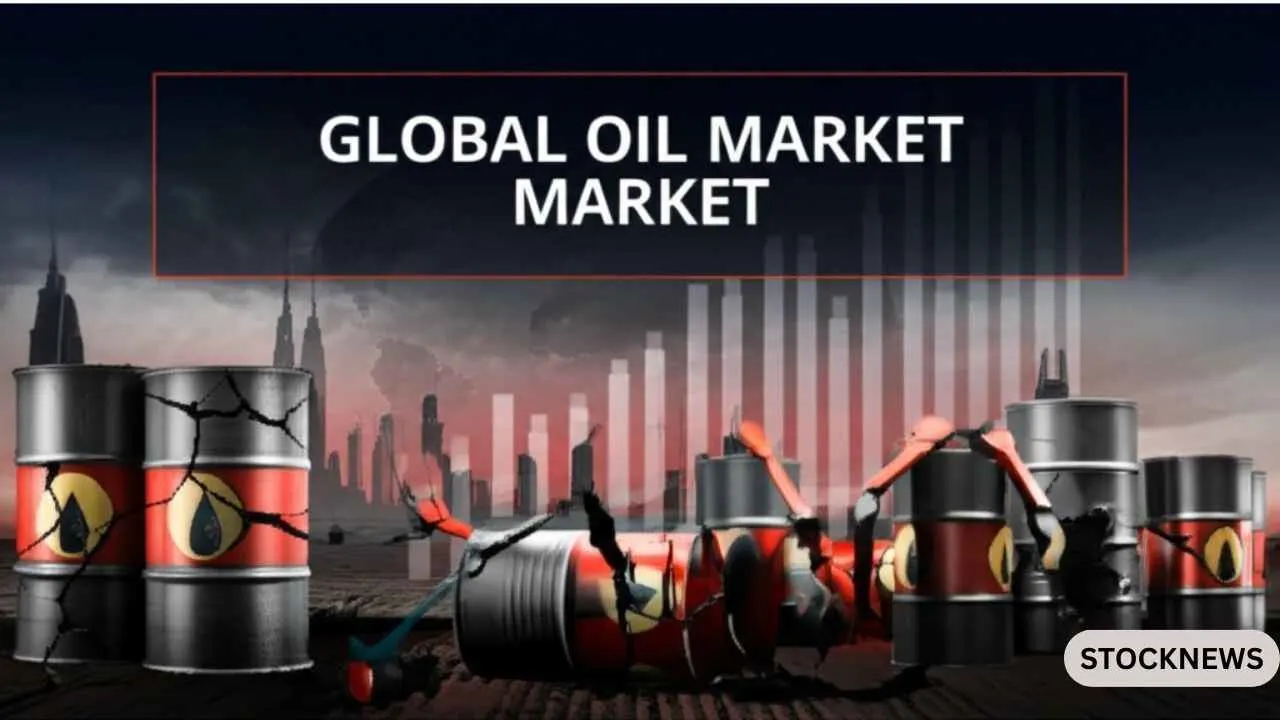Price Drop Sparks Economic Jitters Across the Globe
In a move that caught global markets off guard, OPEC+ has announced a sudden increase in oil production, sending crude prices tumbling and igniting economic uncertainty from Wall Street to West Asia. Brent crude dropped 3.6% to $69.08 per barrel, while U.S. benchmark WTI crude fell to $56—both hitting their lowest levels since April 9.
At the heart of the plunge lies a calculated move by OPEC+—the alliance of oil-producing nations led by Saudi Arabia and Russia—to increase output by 411,000 barrels per day in June. When combined with increases in April and May, the bloc will add nearly 960,000 barrels per day to global supply.
A Political Power Play Disguised as a Supply Shift
While the price crash may appear rooted in market mechanics, industry insiders suggest the decision is more political than practical. Saudi Arabia, increasingly frustrated with fellow OPEC+ members Iraq and Kazakhstan for repeatedly breaching agreed production quotas, appears to be asserting its authority.
By flooding the market, Riyadh is sending a pointed message: either follow the rules, or risk the unraveling of the entire agreement. The move signals that voluntary cuts—once a cornerstone of the alliance’s cohesion—could be scrapped entirely by October if non-compliance continues.
“This isn’t just about oil barrels; it’s about maintaining credibility,” said one energy analyst familiar with OPEC+ dynamics. “Saudi Arabia is drawing a red line.”
Contango Signals Surplus: A Worrying Shift for Investors
The oil market’s reaction has been swift and telling. Brent’s six-month price spread has slipped into contango, a market condition where future prices are higher than current ones. It’s a classic indicator of oversupply expectations.
Traders are now incentivized to store oil today to sell it at a premium later, a trend not seen since previous major gluts. As storage demand rises, so too does caution among investors and governments reliant on oil revenues.
Major financial institutions have already adjusted their outlooks. Barclays has slashed its Brent forecast to $66 per barrel for this year and $60 for 2026. ING revised its projection to $65, citing a persistent supply-demand imbalance and weakening demand indicators.
A Global Slowdown Deepens Demand Concerns
Compounding the impact of OPEC+’s decision is a broader global slowdown. The U.S.-China trade rivalry, sluggish European economic growth, and tariff uncertainties have all chilled industrial activity and energy demand.
No major economy is currently signaling a significant increase in energy consumption. In fact, many are treading cautiously, shelving new energy projects and focusing on cost containment amid geopolitical and economic headwinds.
According to ING, the global oil market could shift into a sustained surplus by 2025, a stark turnaround from the supply crunches seen during the pandemic years.

Middle East Tensions Add Fuel to the Fire
As if economic concerns weren’t enough, the geopolitical picture is also heating up. Tensions between Israel and Iran are escalating following a Houthi drone strike on an Israeli airport—a strike reportedly backed by Tehran. In response, Israel has issued warnings of military retaliation.
Iran’s Defense Ministry has likewise cautioned that any U.S. or Israeli action will be met with full force. With such volatility in a region that holds the world’s most critical oil shipping lanes, fears of a wider conflict—and its impact on global energy supplies—are mounting.
Is Saudi Arabia Reasserting Control Through OPEC?
The timing and tone of the production hike have prompted speculation that Saudi Arabia is using OPEC+ not just as an economic tool, but as a platform to reassert geopolitical influence. As Riyadh attempts to recalibrate its role in a changing energy world, some see this move as a flex of power as much as a market signal.
At the same time, the price dip is putting added strain on U.S. shale producers, many of whom operate close to break-even margins. Lower prices threaten to curb investment and output in the sector, potentially reshaping the competitive landscape in the months ahead.
India: At the Crossroads of Challenge and Opportunity
For countries like India, which import over 80% of their oil, the latest developments are a double-edged sword. While short-term price drops may provide some relief, a volatile and oversupplied market could fuel inflationary pressures down the road.
Already burdened by high fuel prices, Indian consumers could face more financial strain if crude prices swing back upward or if currency depreciation worsens import costs. Transport and food sectors—both highly sensitive to fuel prices—would be among the first to feel the impact.
This moment, however, also presents India with a critical opportunity. Experts say it’s time for New Delhi to rethink its energy strategy—diversifying suppliers, accelerating investment in renewable sources like solar and wind, and strengthening energy security partnerships across Asia, Africa, and the Americas.

The Road Ahead: Stability or Further Shockwaves?
The global oil market now stands at a crossroads. OPEC+ has shaken the table, and the aftershocks are rippling across geopolitics, investment, and everyday economies.
Whether this moment ushers in a period of painful volatility or paves the way for smarter, more sustainable energy policies will depend on how countries respond. For now, all eyes are on OPEC+, the oil futures curve, and the increasingly tense Middle East—as the world holds its breath, waiting for the next move.
